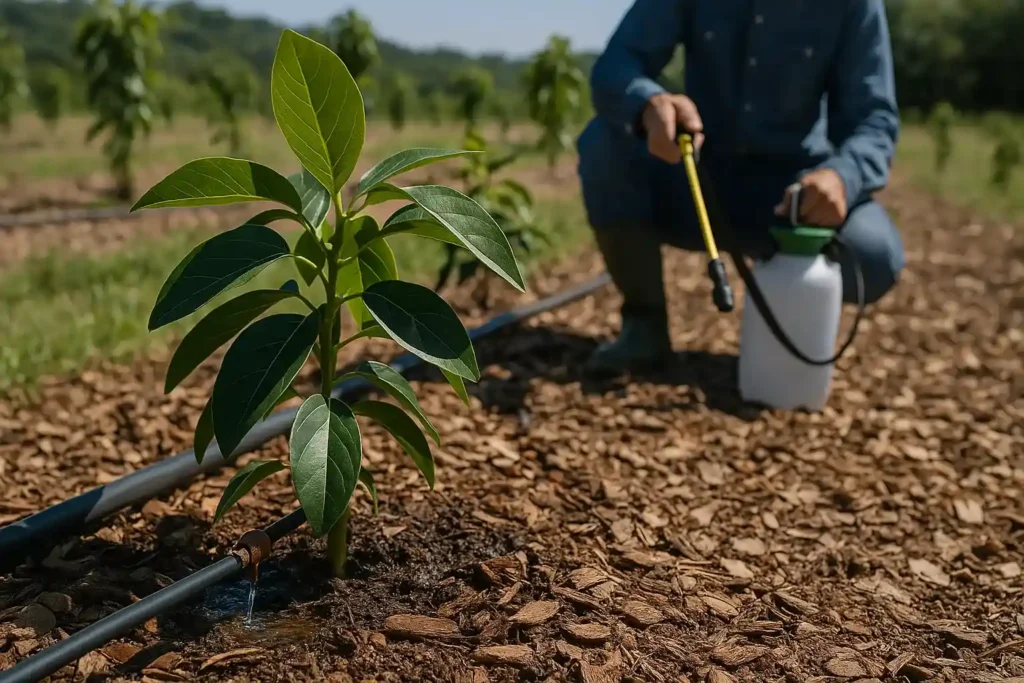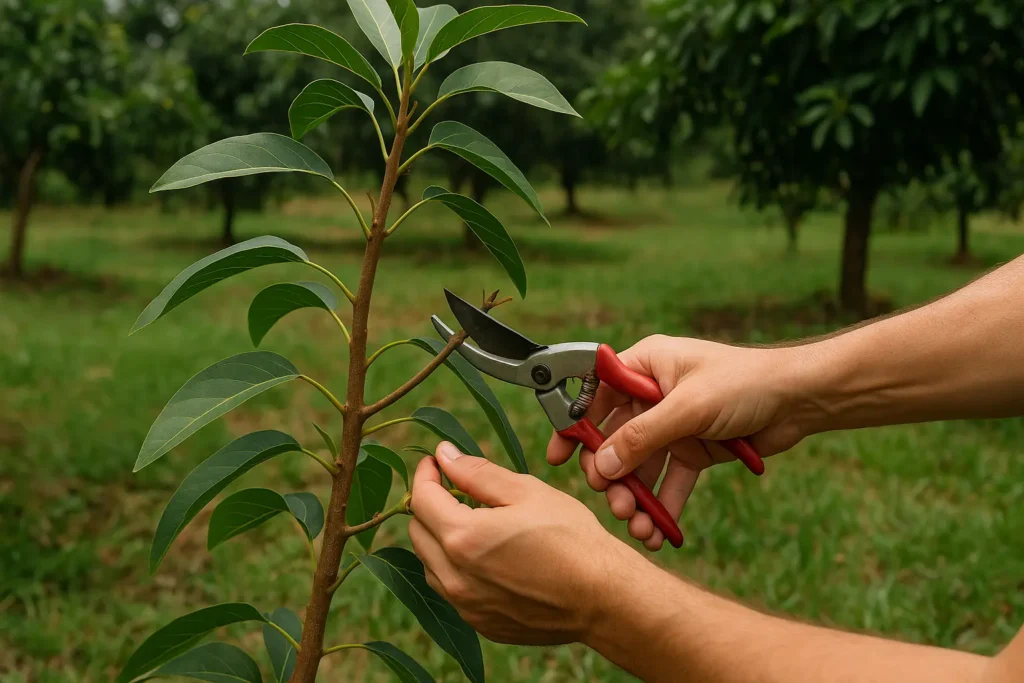He food quality control It is a crucial aspect for the food industry, guaranteeing that the products we consume are safe and meet established quality standards.
In this blog, we will explore what food quality control is, its importance in public health, the regulations and certifications that regulate the sector, as well as the techniques and practices used to ensure efficient and safe food production.
Additionally, we will address the current challenges and the future trends that are revolutionizing this essential field for global food security.
Food Quality Control: Guaranteeing the Safety and Quality of Our Foods
He food quality control It is a crucial aspect for the food industry, guaranteeing that the products we consume are safe and meet established quality standards. This set of procedures and regulations ensures that food is safe for consumption and meets consumer expectations in terms of taste, appearance and nutritional value.
The main objectives include the contamination prevention, the reducing the risk of foodborne illness and the protection of brand reputation.
First of all, the importance of food quality control lies in its ability to protect the public health. An effective quality control system prevents pollution of food by pathogenic microorganisms, toxins and other contaminants.
In addition, it ensures that the products comply with the international regulations and standards, which is crucial to maintaining consumer confidence and accessing global markets. Implementing these controls also helps minimize economic losses due to product recalls and customer complaints.
To ensure compliance with these standards, the regulations and certifications they play a fundamental role. Among the most recognized are ISO 22000, HACCP (Hazard Analysis and Critical Control Points) and BRC (British Retail Consortium).
ISO 22000 sets out the requirements for a food safety management system, combining elements of ISO 9001 and HACCP. HACCP, for its part, is a preventive approach that identifies, evaluates and controls significant risks to food safety.
BRC is a global standard that guarantees the quality and safety of food products. Complying with these regulations is not only mandatory in many countries, but also helps companies gain consumer trust and access international markets.
In practice, there are various techniques and methods used in food quality control. Some of the most common include visual inspection, the microbiological tests, he Chemical analysis and the Physical tests. Visual inspection verifies the appearance, color and shape of products to ensure they meet visual standards.
Microbiological tests detect and quantify pathogenic and spoilage microorganisms, ensuring that food does not represent a health risk. Chemical analysis evaluates the chemical composition of food, including levels of pesticides, additives and nutrients. Finally, physical tests determine properties such as texture, viscosity and density of foods.
Implement a quality management system in food production requires a comprehensive approach. First of all, it is necessary to plan defining quality and food safety standards, as well as the procedures to comply with them. Then, it must train employees so that they understand and apply these procedures.
He constant monitoring Through regular inspections and testing it is crucial to verify that products meet established standards. The detailed documentation of all quality control activities facilitates audits and regulatory compliance. Finally, the continuous improvement is essential, reviewing and adjusting quality control procedures to adapt to new regulations and technologies.

Despite advances in technology and regulations, the food quality control faces several challenges. One of the main ones is the cross contamination, which can occur when food comes into contact with allergens or contaminants during production.
Another challenge is the food fraud, which consists of the intentional adulteration of food for financial gain and which can be difficult to detect. Furthermore, integrate sustainable practices in quality control without compromising the safety and quality of food is a complex but necessary task.
He food quality control It is constantly evolving, and some future trends promise to revolutionize this field. The blockchain technologyFor example, it facilitates traceability of food from its origin to the final consumer, improving transparency and trust.
The artificial intelligence and the machine learning They are helping to predict and prevent quality problems before they occur. The sensors and the automation They allow real-time monitoring of production conditions, ensuring a quick response to any deviation from standards.
What Does a Quality Record Control Record Include?
He food quality control requires meticulous documentation to ensure traceability and regulatory compliance. A quality control record should include several key elements that ensure the integrity of the process.
First, it must contain product identification data, such as the name, batch and production date. This facilitates traceability and the identification of potential problems in specific batches.
Furthermore, it is essential to include test and analysis results carried out during the production process. This encompasses microbiological testing, chemical analysis and physical evaluations, ensuring that the product meets quality standards.
Another critical component is the procedures documentation and corrective actions. Detailing the steps followed in the quality control process and the measures taken in case of deviations ensures transparency and responsibility.
Finally, the record must contain signatures and dates of inspections, indicating who performed each test and when. This not only ensures accountability, but also facilitates audits and reviews.
If you want to take your business to the next level and ensure the trust of your consumers, do not hesitate to implement a robust quality control system and get the BASC certification. Contact us today to learn more and take the first step towards safe and efficient food production!










